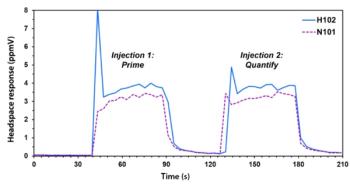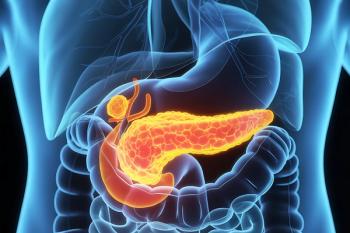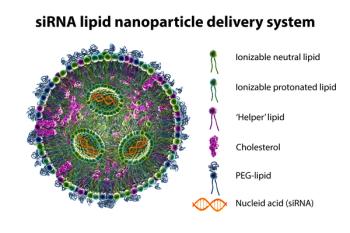
LCMS-8030
Shimadzu's LCMS-8030 features the most innovative technology found in a commercial tandem quadrupole mass analyzer. Combined with the class-leading Nexera UHPLC, both systems facilitate seamless LC/MS/MS analyses in a high-performance, high-speed flow, steadily and reliably.
Shimadzu's
The
With the current trend towards higher pressure HPLC and faster operating speeds for greater throughput, the LCMS-8030 is the ideal detector for keeping up with ever-faster chromatographic peaks. Very narrow widths of UHPLC peaks are now easily tamed by the
For further details please visit
Newsletter
Join the global community of analytical scientists who trust LCGC for insights on the latest techniques, trends, and expert solutions in chromatography.





